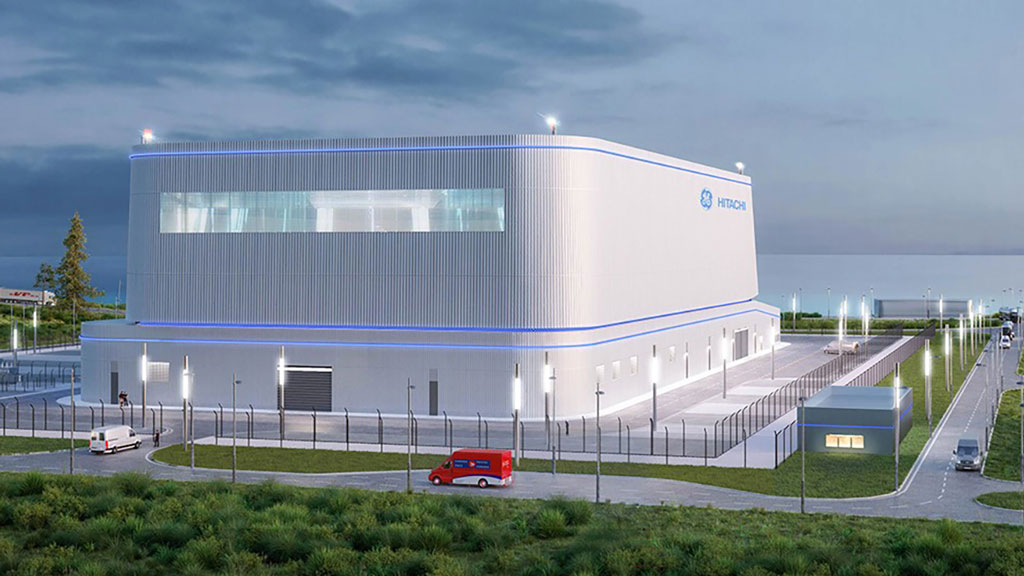A Conference Board of Canada (CBOC) report says building and operating a fleet of four Small Modular Reactors (SMRs) by Ontario Power Generation (OPG) at its Darlington nuclear site will have a significant impact on the economy, boost Canada’s GDP and generate jobs.
According to the report, the Ontario investment is expected to sustain approximately 2,000 jobs on average per year over the next 65 years and Canadian GDP generated is expected to be approximately $15.3 billion.
The project will also generate $4.9 billion in tax revenues to municipal, provincial and federal governments over 65 years, which includes plant construction and operations. Each dollar spent will increase Canadian GDP by $0.82 across the total lifespan of the technologies. Ontario will reap 89 per cent of the economic benefit associated with the project, the report states.
“We’re in the midst of the nuclear renaissance, I would say, here to meet our energy demands,” said OPG’s chief project officer Subo Sinnathamby in an interview with the Daily Commercial News. “I think the benefit for us is Ontario has been fortunate to have a large nuclear fleet here and so building on that in terms of strong operational performance and strong project performance with the refurbishment that we have been doing at OPG has really allowed us to be the first movers on the Small Modular Reactor front.”
For the report, the CBOC partnered with OPG to analyze the economic impact and fiscal benefits of the SMRs in Ontario.
“As the energy demand starts to increase, and we got the ISO report, one of the first thing we wanted to do is move forward on the nuclear portfolio and so the small modular reactors is what we started off with,” Sinnathamby said. “Initially we started off with the SMR 1…Then we looked at the benefits of having a multi-unit because the energy demands are there now as well.
“There would be some common elements that we could use.”
In July, Ontario Minister of Energy Todd Smith and the Ontario government asked OPG to commence planning and licensing for three additional SMRs, for a total of four at the Darlington nuclear site. The units are expected to produce a total 1,200 megawatts (MW) of electricity, equivalent to powering 1.2 million homes.
The economic impact is larger if more work and materials are sourced from within Canada, says OPG.
“We saw that on the refurbishment project in terms of having the supply chain locally really paid dividends for us as we went through the pandemic not having any impact to our project schedules,” said Sinnathamby. “Building on that is what we’re looking to do as we build the SMRs, in terms of expanding that supply chain capacity here and building on the $90 billion that we have contributed to Ontario’s GDP with the refurbishment project and the 14,000 jobs per year on the refurbishment, not just here executing but through the supply chain.”
With the addition of the SMRs, the goal is for Ontario’s nuclear supply chain to enjoy significant growth and become the supplier of clean energy technology to the world.
“It’s a huge commitment and investment in Ontario and Canada,” Sinnathamby said, adding Canada could become an example as the U.S. also looks at SMRs.
The report is being circulated to the provincial and federal governments as well as to vendors.
“The vendor community has also been receiving this and I think what this will allow them to do is see the value of the four units being built, what that could do and incorporate those into their plans for each of these companies and how they’re going to leverage this opportunity,” Sinnathamby explained.
The project is currently in the detailed engineering phase.
“We’re actually turning soil and getting the site prepared, so we’re really moving fast and furiously into construction mode,” she added.
OPG and its project partners will complete construction of the first unit in 2028 and it will begin producing power to Ontario’s grid in 2029. The remainder of the reactors are expected to be online by the mid-2030s.
Follow the author on Twitter @DCN_Angela.







Recent Comments